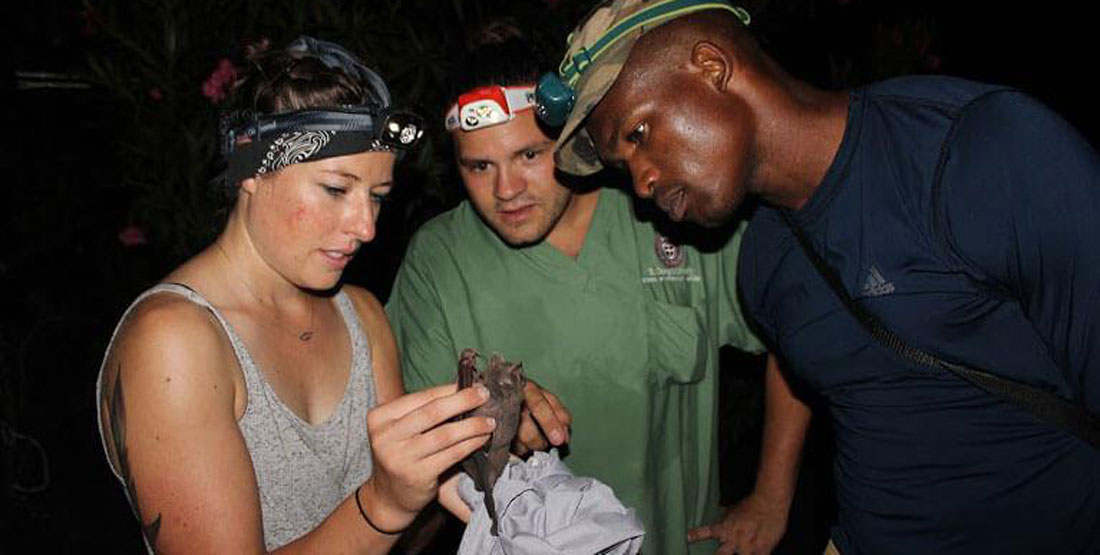While in Grenada, we spent a lot of time finding bat roosting sites near human-populated areas, and visited all of Grenada’s parishes to get a full coverage of the island major habitats.
Our collaborators put a lot of effort networking with locals to find bat roosting sites. While people in Grenada are very familiar with the presence of bats, locating bat colonies proved to be tricky. "First, there is little knowledge about natural roosts, with the exception of one small cave that is home to hundreds of bats (Artibeus spp. and Glossophaga longirostris)." Second, bats are considered “pests” by most locals, and any group of roosting bats found in, or near, a house is usually quickly exterminated.
Posted: September 20, 2015
Luckily for us and the bats, natural disasters and economic downturns have resulted in many buildings (e.g., large vacation houses, bars, barns) to be left completely abandoned throughout the island. We found that these structures now provide new and relatively conflict-free roosts for hundreds of bats in Grenada.
Walking into some of these houses felt sort of post-apocalyptic: lianas and other plants growing inside, bats hanging from the ceiling or flying around by the dozens, walls covered in guano, and floors covered in a thick layer of bat-dispersed seeds that were meant to grow in the forest.


